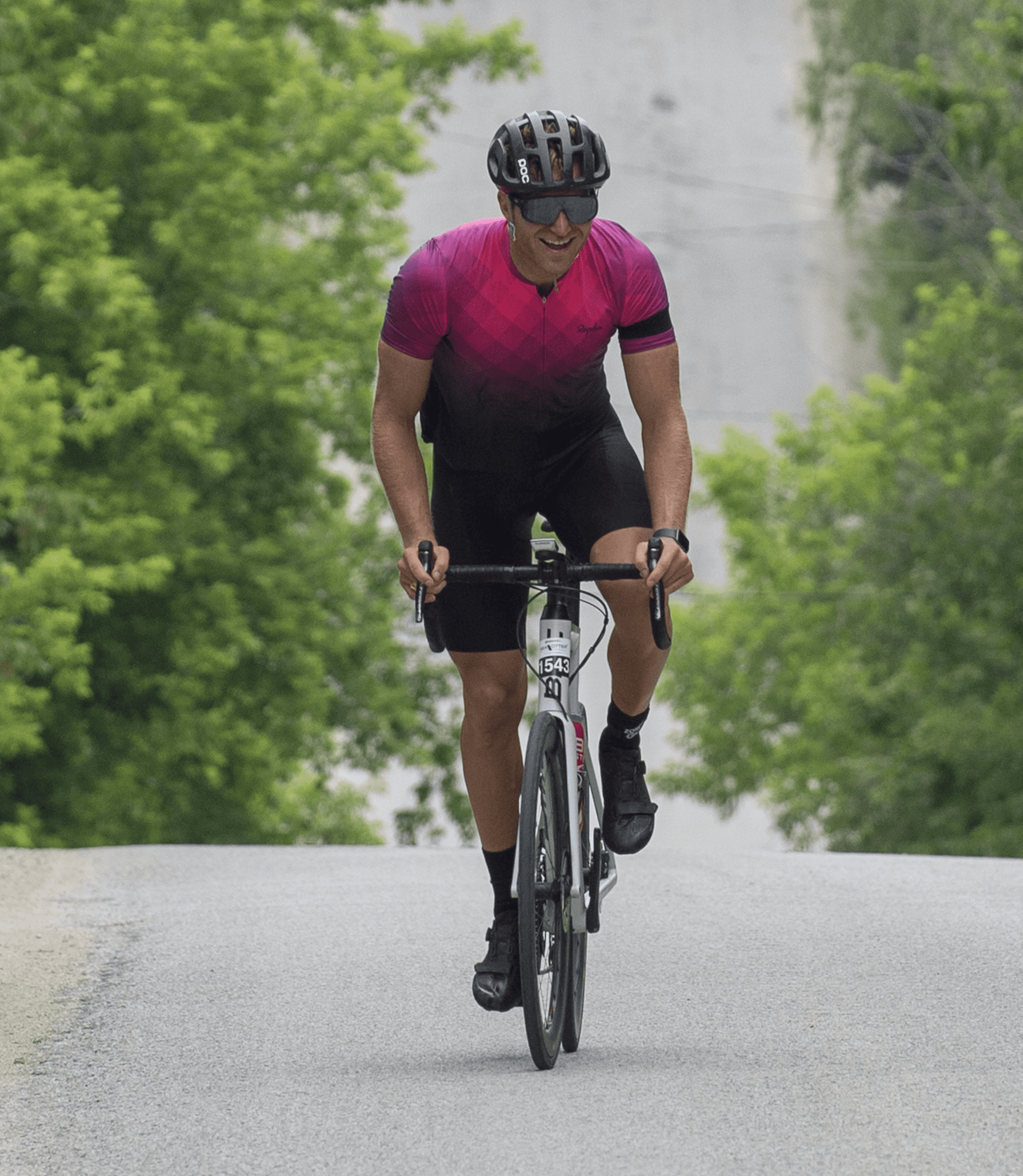This cyclist who suffered from COVID-19 is urging athletes to take the virus seriously
"This thing doesn’t discriminate—no matter how fit we are, it can still bring the strongest of us down"

When the reality of the coronavirus pandemic set in, Chad Warren’s biggest concern was the socio-economic impact of the shutdowns. He owns a gym in Collingwood, On., a small town known for its proximity to a range of outdoor recreational activities. Warren himself spends 10-12 hours a week riding in the area, and he knew that the many small local businesses in Collingwood would take a hard hit from the closures.
Although he still took all the necessary social distancing precautions, Warren wasn’t scared of getting sick. “I’ve been an athlete my whole life,” says Warren. “I’m a healthy person whose life revolves around working out—I plan my weekends around riding my bike.” As a 30-year-old with no pre-existing conditions, who rides 5-6 days a week, he wasn’t worried for his health.

Early April
At the beginning of April there were only around 50 diagnosed cases of COVID-19 in the Simcoe County and Muskoka area. When Warren’s joints and muscles started to feel achy, he figured it was from over-training with all his newfound free time. He took a few days off, laid on the couch and waited for his body to recover.
Something deeper
Warren started to develop a persistent headache and the aches got worse, not better. He started to worry. “The aches were relentless, and felt like something deeper than I’d experienced before,” says Warren. After a few days he woke up without a sense of smell or taste, “I knew at that point that I had this COVID thing,” he says.
What followed was chills, debilitating body aches and a fever that left him unconscious on the bathroom floor. He was tested for COVID-19, told he likely had the virus and sent home to self-isolate.
Unable to turn away from news reports, Warren anxiously waited for his test result. “It’s spooky not knowing if it’s gonna get worse,” he says. “I was waiting it out and scaring myself by reading the new case studies about healthy people who got the virus.”
Two days later he received confirmation that his test had returned positive. That day he began developing respiratory symptoms. “If I got up off the couch too fast, or even if I moved too quickly I would feel out of breath,” he says. He couldn’t get his lungs to full capacity and had a major tightness in his chest at all times.
Slow improvement
About a week after his first symptoms, Warren’s health gradually started to improve. Day by day he felt slightly better. Eventually he started to do some light trainer rides, but he would lose his breath almost immediately, not to mention the physical exhaustion.

Two and a half weeks later he’s back to doing structured workouts on the trainer, but his power is still 15-20 per cent off of what it was before he got sick. Three to four high intensity workouts a week have tuned into one to two. “I have almost no more symptoms, but workouts which never gave me an issue are requiring more recovery now,” says Warren. He still has no sense of smell or taste.
A warning to other athletes
“I had the perspective that this probably wouldn’t affect me like this because I’m young and healthy,” says Warren. “I was very wrong. This thing doesn’t discriminate—no matter how fit we are, it can still bring the strongest of us down”
He encourages cyclists to not look for the loopholes in regulations, to ride alone and inside if you can. “It’s a small sacrifice in the grand scheme of things,” says Warren. “It’s not worth risking it.”
